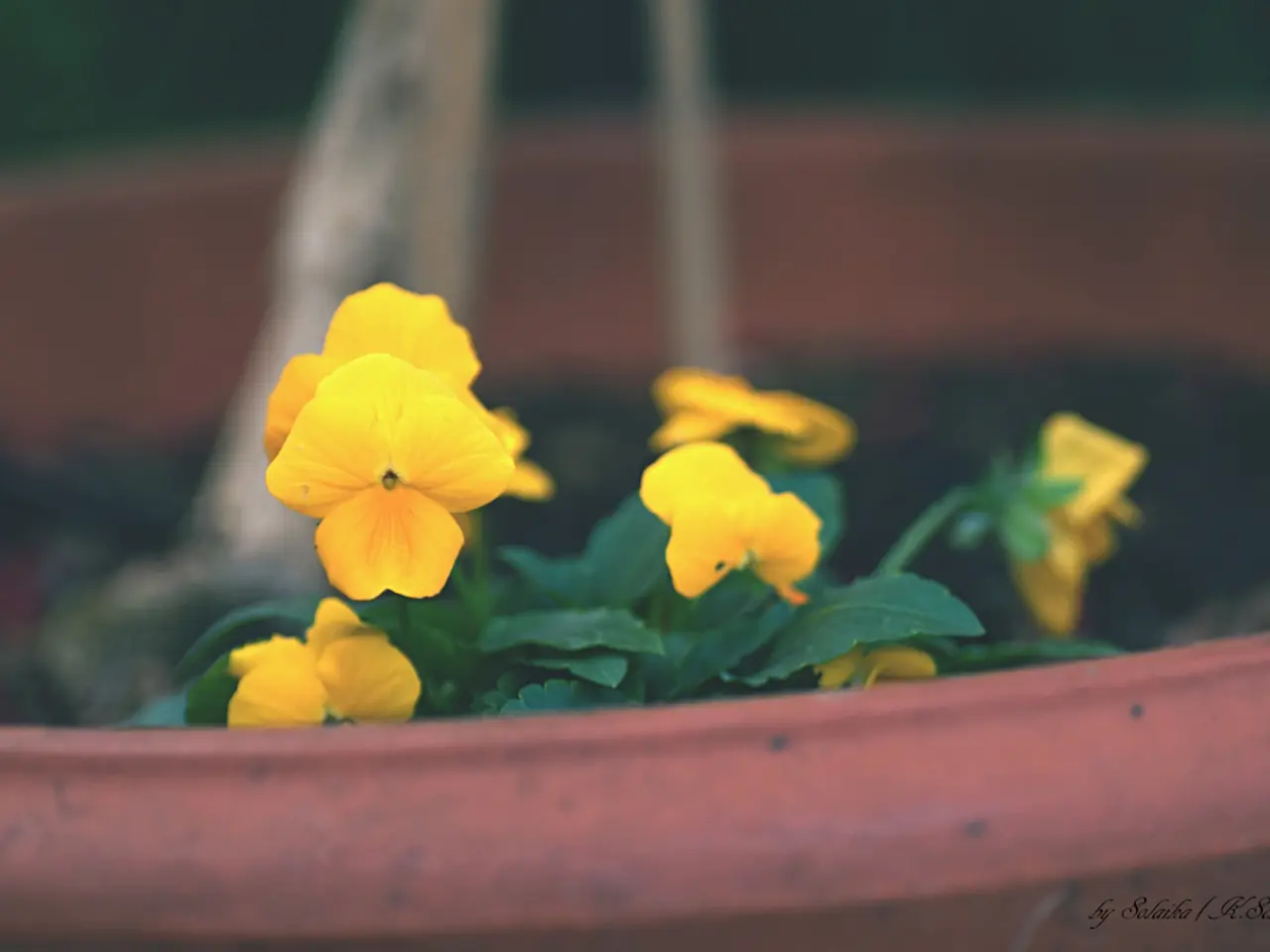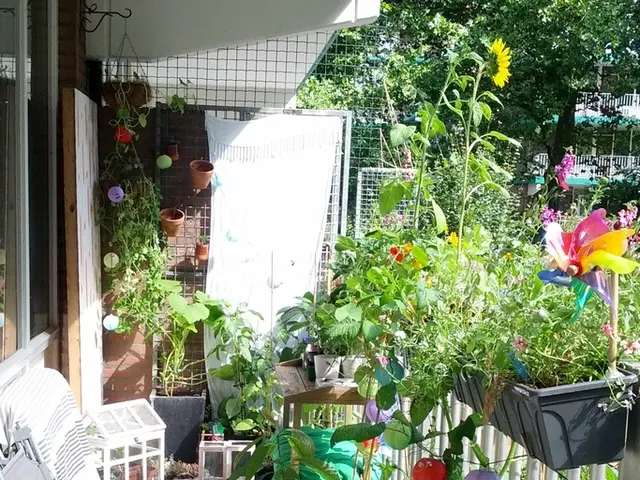Orchid Transplant Time: Crucial Indications to Observe
Orchid Repotting: A Guide for Healthy Roots and Blooms
Orchids are a fascinating family of plants found across all continents, except Antarctica. Caring for these beauties involves regular repotting to ensure healthy roots and repeat blooms. Here's a step-by-step guide on how to properly repot an orchid.
Signs it's time to repot
- The orchid has just finished blooming, which is generally the best time to repot.
- The roots are crowded and beginning to run out of room in the pot.
- The potting medium has become compacted or broken down, reducing aeration and drainage.
- Visual signs such as tired or decaying roots and compacted potting mix.
- The orchid looks generally “tired” or unhealthy despite good care.
- Bloom cycles have ended and the plant is ready for renewal.
How to properly repot an orchid
- Timing: Repot shortly after flower blooming has stopped. Also consider repotting every 1-2 years even if no obvious problem exists, to refresh the medium and encourage healthy root growth.
- Remove the orchid from its current pot: Gently lift the orchid out, loosening and removing old potting media from the roots carefully. Cut away any dead or rotten roots.
- Prepare fresh potting mix: Use a specialized orchid potting mix that typically contains chunks of bark or similar materials. This medium is loose and well-aerated to promote healthy root respiration and prevent rot.
- Choose the right pot: You can reuse the existing pot if the orchid isn’t root-bound, or switch to a slightly larger pot. Orchid pots often have extra holes or slits for better drainage and airflow.
- Replant: Place the orchid in the pot and fill around the roots with fresh orchid mix. Firm lightly to hold the plant in place but avoid compacting the medium tightly.
- Water and aftercare: Water the orchid lightly after repotting, then resume regular watering and care schedule. Avoid overwatering while the plant acclimates to its new medium.
Remember to remove any stakes and clips from the orchid, and choose a container with a top diameter that is a third of the height of the orchid plant itself. For newer flowering spikes, cut 1 inch (2.5cm) above the top node.
Clear plastic pots with drainage holes are best for inspecting the health of the orchid roots. You can find suitable potting mix at stores like Home Depot and Lowe's. Many orchids need a very well-draining medium that lets in air, such as a mix of bark, sphagnum moss, tree fern, and lava rock.
Pruning the old flower stem at the bottom node before repotting your orchid is also recommended. Most orchid species need to be repotted around every two years, but it's best to monitor the plant for signs it's ready to be transplanted.
Repotting orchids is a key aspect of their care, helping to refresh the soil and provide nutrients for new growth. Choosing the right time of year to repot, following the care requirements for the specific variety, and being aware of the signs it's time to repot can help to transform the plant's health and encourage repeat blooms.
When your orchid has finished blooming, it's a sign that it's time for repotting, which is an essential part of maintaining a healthy lifestyle for your home-and-garden orchid. Transforming the soil and providing nutrients for new growth will encourage repeat blooms, making it necessary to pay attention to gardening practices such as repotting every 1-2 years.





